As 2023 wrapped up, American workers started feeling a lot more hopeful about their jobs, marking a big change after a tough year. The latest U.S. Worker Confidence Index (WCI) for the last quarter shows that workers are feeling better than ever, giving us all a reason to be optimistic as we step into Q2 of 2024. Today, we look into why workers are feeling more confident and what it might mean for jobs and the economy moving forward.
The start of 2023 was shaky for many workers across the U.S., with worries about the economy, job security, and other global issues. But by the end of the year, things took a positive turn, and the WCI hit an all-time high. This isn’t just a random good news story—it shows that the economy is getting stronger and the job market is bouncing back.
The WCI measures how workers feel in four key areas: job security, chances of getting a raise, chances of getting promoted, and how much they trust their company’s leaders. The score shot up to 114.9 points, which is really impressive, especially after it was dropping for most of 2023. Workers are now more optimistic about moving up in their careers and believing in their company’s leadership than they’ve been in a while.
Even with the overall positive vibe, not everyone is feeling secure about their jobs. The Job Security Index dipped a little, showing that while some people are feeling more secure, others, especially men and workers in their prime years, are not as confident. This mix of feelings shows that there’s still some work to do to make everyone feel stable in their jobs.
A big highlight from the last quarter is that workers are really optimistic about getting promoted and getting raises. The scores for these areas jumped up a lot, turning around the downward trend from before. This means that more people believe they’ll move up in their careers and get recognized with better pay.
Trust in company leaders also went up, which is great news. When workers believe in their leaders, it makes for a better work environment, especially during uncertain times. Nearly half of the workers now feel good about their company’s leadership, which is a big step forward.

The Bigger Economic Picture
The rise in worker confidence comes at a time when the U.S. job market is doing well, and the economy is picking up. The last quarter saw a lot of new jobs, especially in healthcare, hospitality, and government. Despite challenges like higher interest rates and inflation, the strong job market and growing consumer confidence show that the economy is on the right path.
Looking ahead to 2024, there’s a cautious but real sense of optimism. The economy and job market are expected to keep getting stronger, though the pace might slow down a bit. It’s important for companies to keep listening to their workers, especially when it comes to job security and career growth.
Why Worker Confidence Matters
The insights from the WCI are not just numbers; they show us how American workers are feeling overall. High confidence can lead to better work, more creativity, and stronger loyalty to companies. On the flip side, when workers aren’t feeling great, it can hurt productivity and morale. That’s why it’s crucial for companies to keep an eye on how their employees are feeling.
The last quarter of 2023 showed us that despite challenges, American workers are feeling hopeful and confident about the future. This is great news for everyone. For businesses, it’s a reminder of how important it is to create a positive work environment where employees feel valued and supported. Moving into 2024, we’ll all benefit from keeping the momentum going and making sure workers continue to feel confident and satisfied with their jobs.



